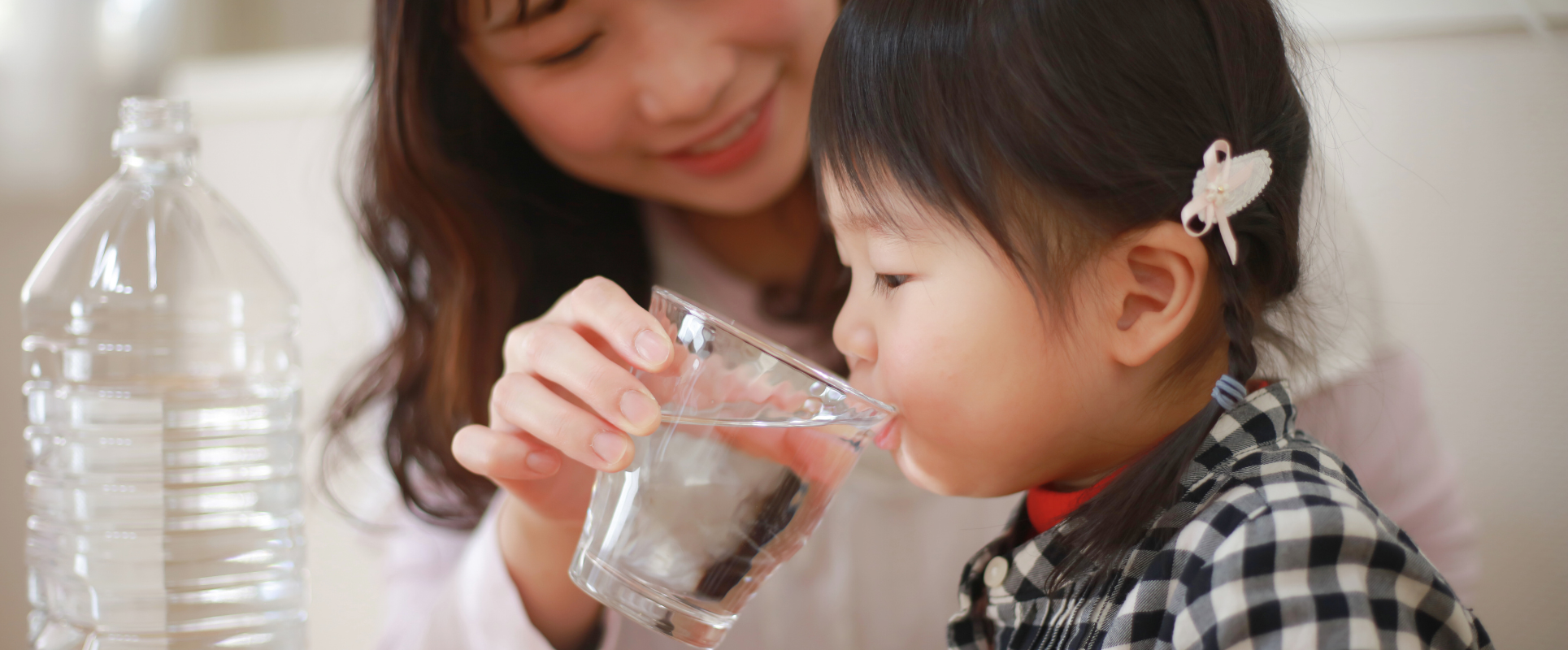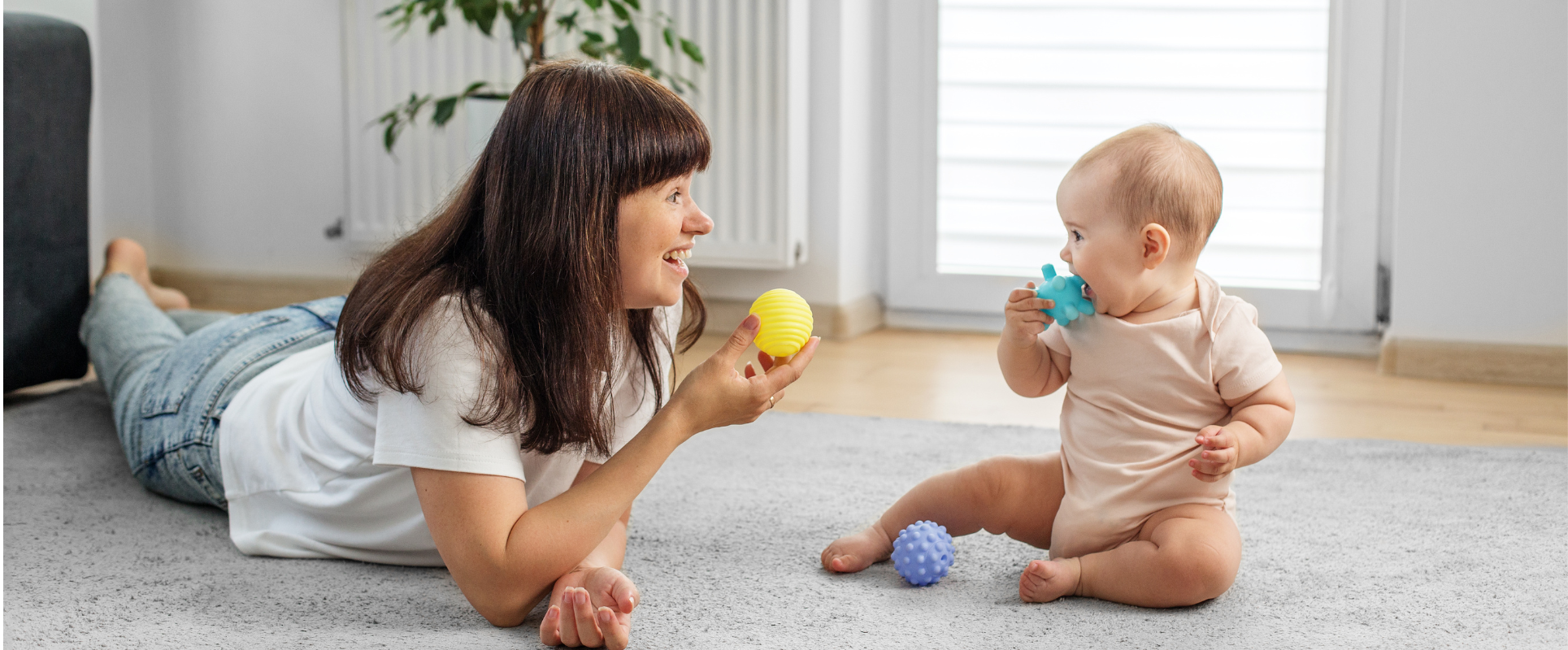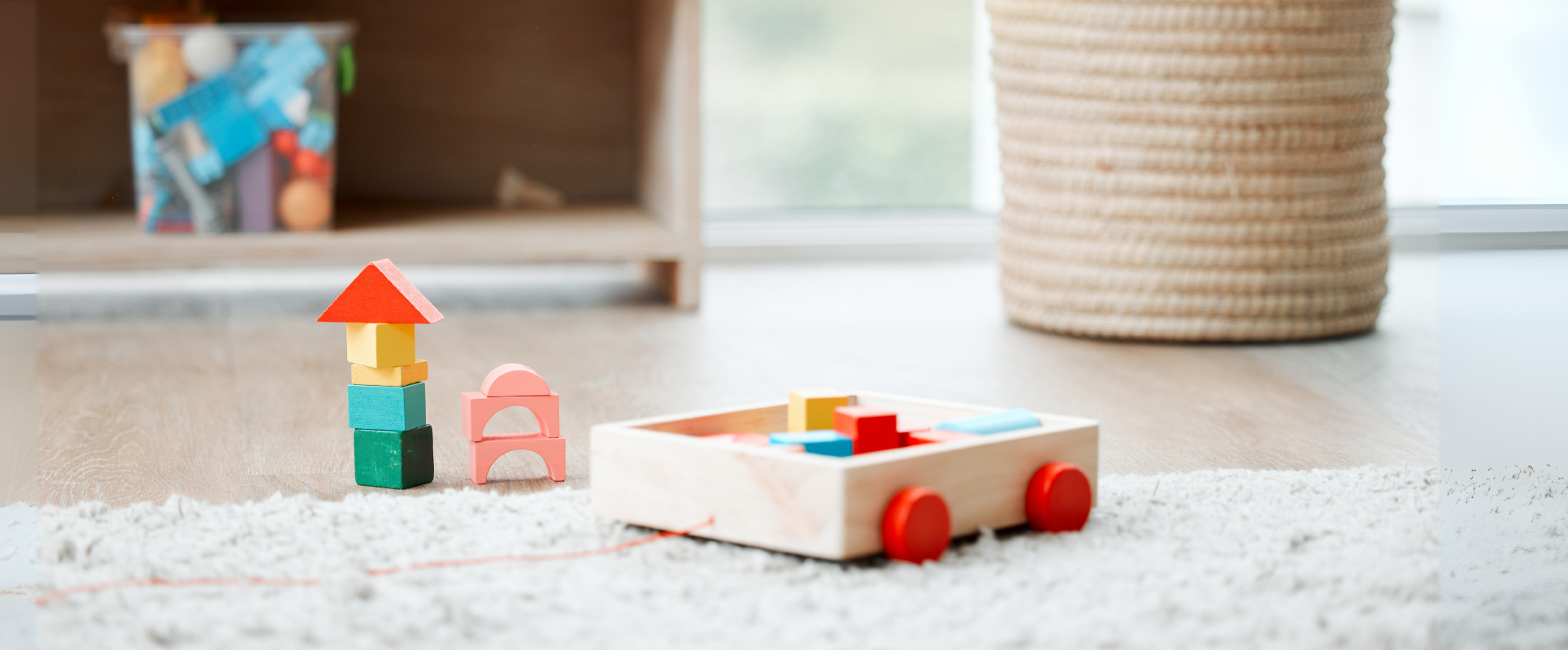
Water & Humidity: The Overlooked Duo in Children’s Health Care
When parents hear about child health, they often focus on diet, sleep, immunizations, and physical activity. Yet two simple factors—water (hydration) and humidity (indoor moisture)—are often neglected. Together, they influence breathing, immunity, skin, cognition and general resilience. In this post, we explore why these “invisible” elements matter greatly for children and how you can monitor and optimize them at home.
Why Hydration Is More Than Just Quenching Thirst
1. Children are more vulnerable to dehydration
Children have higher fluid needs relative to body mass than adults, less efficient kidneys, and larger body-surface area per weight, making them more prone to fluid loss. Also, by the time they feel thirsty, dehydration may already be setting in.
2. Hydration supports core physiology & cognition
-
Thermoregulation: Water helps regulate body temperature—vital when children play or are in hot weather.
-
Digestion & metabolism: Many bodily processes depend on an adequate fluid balance.
-
Brain performance: Even mild dehydration (1–2 % body weight) can impair attention, memory, mood, and processing speed.
3. How much water is enough?
Different health sources give slightly differing guidelines.
-
For toddlers (1–3 years): about 4 cups (≈1 L) of fluids per day (including milk)
-
For children aged 4–8: approx 5 cups daily.
-
Older children and adolescents: ~7–8 cups daily, more if active or in warm weather.
These are baseline suggestions—adjust upward when your child is ill, exercising, or in a hot environment.
4. Signs of dehydration to watch for
Common red flags include:
-
Dark, concentrated urine or fewer wet diapers
-
Dry mouth or lips, lack of tears
-
Lightheadedness, fatigue, headache
-
Irritability or reduced activity.
If dehydration is due to vomiting or diarrhea, oral rehydration salts (ORS) are preferred.
Humidity: The Invisible Factor in Indoor Air Quality
Even when water intake is well managed, indoor humidity can either support or undermine your child’s health. Many caregivers forget this dimension—but the evidence is compelling.
What is optimal humidity?
Relative humidity (RH) refers to how much moisture is present in the air, relative to the maximum it could hold at that temperature. For children’s indoor environments, especially bedrooms or playrooms, a range of 35 % to 50 % RH is widely recommended.
When humidity falls outside this range, either too low or too high, it can lead to health issues.
Effects of low humidity
-
Dry nasal passages & throat irritation: Dry air can damage mucous membranes, impair mucociliary clearance, and make viral infections more likely.
-
Increased viral survival and spread: Many viruses (e.g. enveloped respiratory viruses) remain stable longer in low-humidity indoor air, increasing transmission risk.
-
Skin dryness, cracking, nosebleeds: External tissues dry out more readily in low humidity.
Effects of high humidity
-
Mold, mildew and dust mites growth: Excess moisture fosters microbial growth and allergens.
-
Respiratory and allergy triggers: High humidity can exacerbate asthma or skin allergies.
-
Comfort & sleep disturbance: Humid heat can make it harder for children to dissipate body heat, interfering with restful sleep.
Indeed, a 2024 study of temperature & RH variability showed complex, nonlinear associations: both low and extreme high humidity levels correlate with higher risks of skin allergies and total allergic disease in children.
Another study indicated that when indoor humidity is kept around 50%, respiratory infections in nursery-aged children dropped by almost half compared to dry indoor environments below 40 % RH.
Integrated Strategies: How to Manage Hydration & Humidity at Home
Here are best practices grounded in experience and evidence:
|
Problem |
Recommended Action |
Why It Helps |
|---|---|---|
|
Child not drinking enough |
Offer small, frequent sips; carry a water bottle; pair water with meals |
Prevents dehydration before it sets in |
|
Illness + fluid loss |
Use oral rehydration solutions (ORS), avoid sugary drinks |
Replenishes water and electrolytes safely |
|
Indoor air too dry (RH < 35%) |
Use a humidifier (preferably warm mist), place near child’s room, monitor RH |
Helps maintain mucosal health and reduce viral spread |
|
Indoor air too moist (RH > 50%) |
Use dehumidifier, improve ventilation, repair leaks, use A/C |
Reduces mold/allergen growth and respiratory triggers |
|
Seasonal shifts |
Adjust humidifier/dehumidifier settings by season; monitor RH daily with a hygrometer |
Ensures consistent comfort and protection |
Pro tip: Use a digital hygrometer (often part of smart home devices) to get real-time RH readings, especially in children’s bedrooms.
Addressing Common Parental Concerns (EEAT Emphasis)
-
“Won’t drinking milk or juice count as water?”
Yes—fluids count broadly—but water is ideal because it’s free of sugars and additives. Many guidelines for children include “fluids including water or milk.” -
“Can humidifiers introduce bacteria or contaminants?”
Yes—if not cleaned regularly. Always follow maintenance instructions, use distilled water, and clean tanks daily to prevent mold or bacterial growth. -
“Is it safe to run a humidifier overnight?”
Yes—if humidity is controlled. Avoid excess moisture (RH > 50 %), which can itself cause issues. Use an auto-shutoff or RH sensor. -
“How do I know if humidity is causing symptoms like cough or congestion?”
Track symptoms alongside RH trends. If nighttime symptoms ease when RH is in optimal range, you may have found a contributing factor. -
“When should I consult a doctor?”
If your child shows signs of moderate to severe dehydration (lethargy, persistent vomiting, inability to drink), or respiratory distress, seek medical help immediately.
Final Thoughts
Water and humidity may seem mundane, but they are foundational to children’s health. Adequate hydration supports metabolism, cognition and temperature regulation. Meanwhile, maintaining optimal indoor humidity (35–50 % RH) helps shield children from respiratory risks, allergens, and skin problems. As parents or caregivers, giving attention to these "invisible" factors is a low-effort, high-impact step toward better everyday wellness.
References
-
Chouraqui et al. “Children’s water intake and hydration: a public health issue.” PubMed / NCBI. https://pubmed.ncbi.nlm.nih.gov/36228121/
-
Impact of Ambient Humidity on Child Health (J. Gao et al.) — PMC. https://pmc.ncbi.nlm.nih.gov/articles/PMC4264743/
-
Relative Humidity and Its Impact on the Immune System — PMC. https://pmc.ncbi.nlm.nih.gov/articles/PMC10253274/
-
Humidification to reduce respiratory illnesses in nursery children — Condair / scientific summary. https://www.condairgroup.com/humidity-health-wellbeing/scientific-studies/humidification-to-reduce-respiratory-illnesses-in-nursery-school-children







